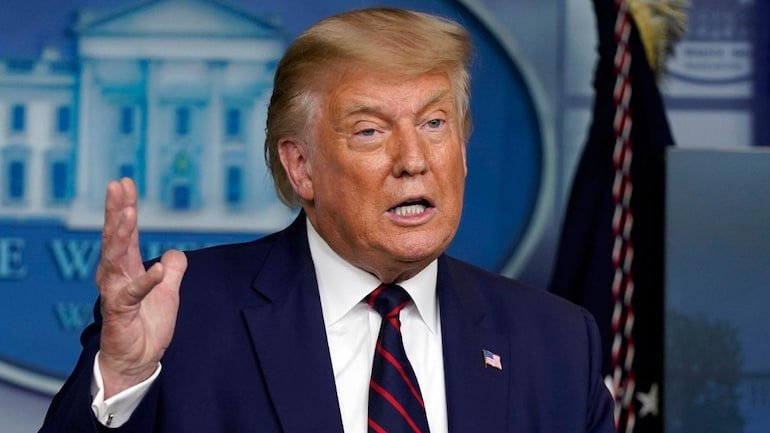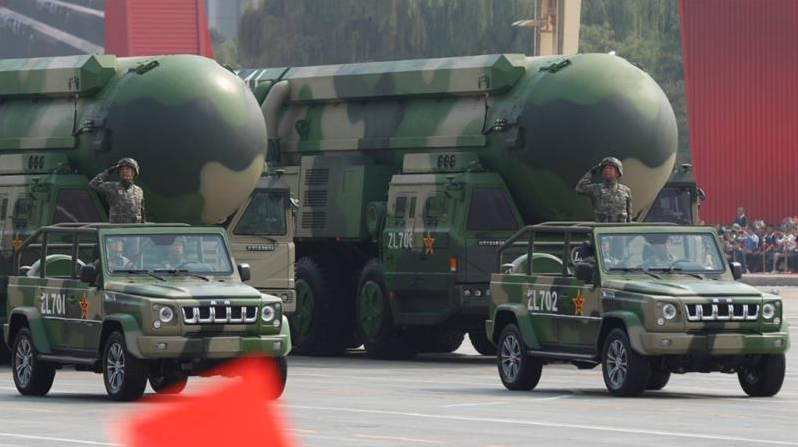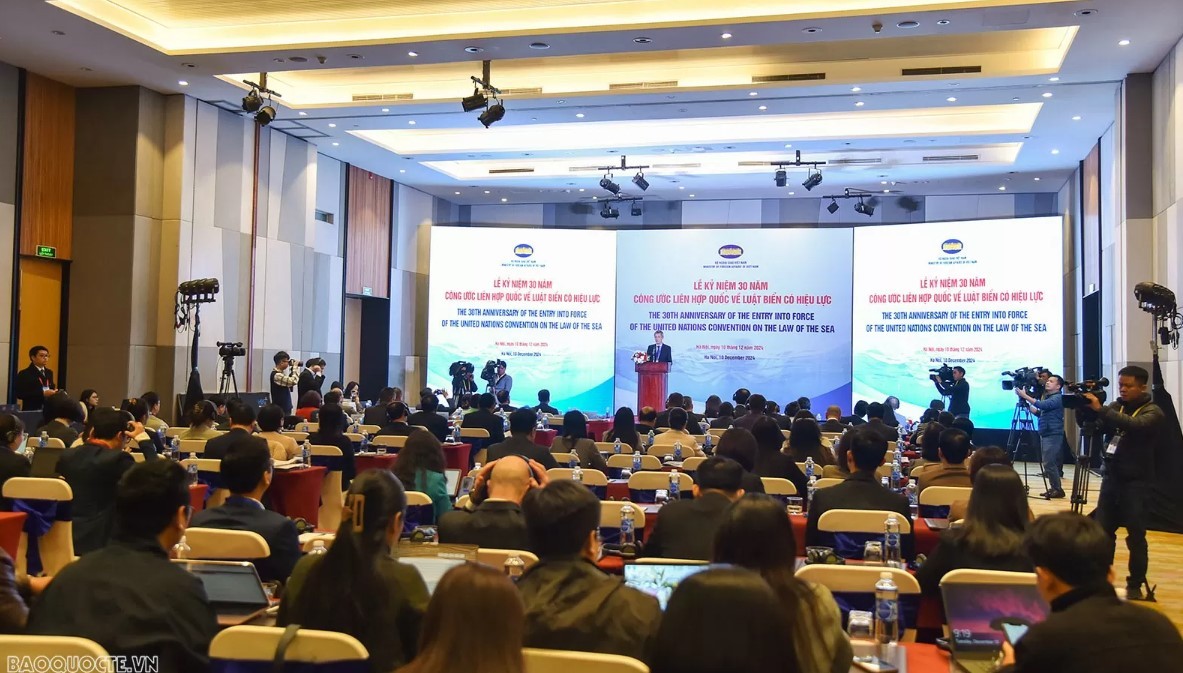US-China: Bien Dong Sea drills centered on submarine warfare, said Nikkei Asian Review
| China unveils global data security initiative after US launch of Clean Network | |
| Trump eyes 'decoupling' US' economy from China | |
| Beijing rejects U.S. report on Chinese nuclear warheads |
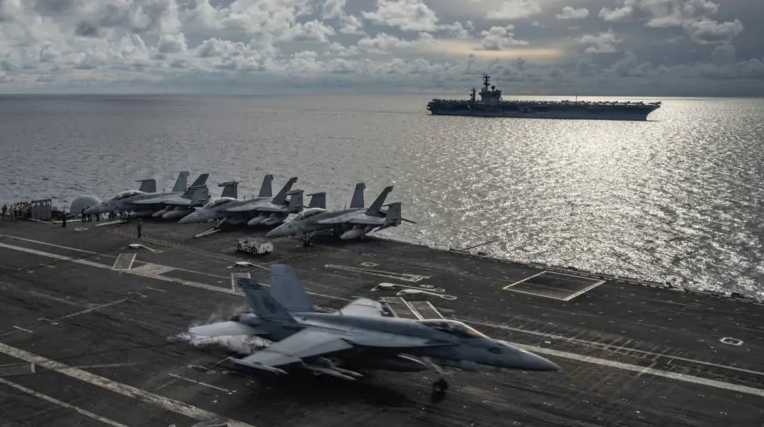 |
| An F/A-18E Super Hornet lands on the flight deck of the USS Ronald Reagan as the USS Nimitz sails alongside in the South China Sea on July 6 in this photo provided by the US Navy. (Photo: AP) |
An article published on September 19 by Tetsuro Kosaka, a Nikkei senior staff writer, from July through September, the U.S. and China held consecutive military exercises in the South China Sea. While the world closely watched the heightened tensions, military experts were analyzing the nature of the dueling drills.
China's old game of "distraction"
In the Bien Dong, East China and Yellow seas, as well as along the unmarked border between India and China, the People's Liberation Army mobilized forces simultaneously on four fronts. This came while Beijing was engaged in a real-life standoff with India in the Himalayas.
The simultaneous training hinted at a passage in the Chinese military textbook. In the early 1950s, when China annexed Tibet, it was against the backdrop of its intervention in the Korean War. According to Nikkei, this China's game is called distraction.
Fortunately, the U.S. was buying none of it. It sent the aircraft carrier groups of the USS Nimitz and USS Ronald Reagan into the heart of the South China Sea for the first major American military exercises there in eight years.
Washington's choice of the South China Sea for the drills is related to where China would deploy its last resort: nuclear-powered strategic submarines with submarine-launched ballistic missiles. Hypothetically, if a nuclear conflict were to break out, Washington would hesitate to strike at China's heart as long as Beijing maintained this second-strike capability.
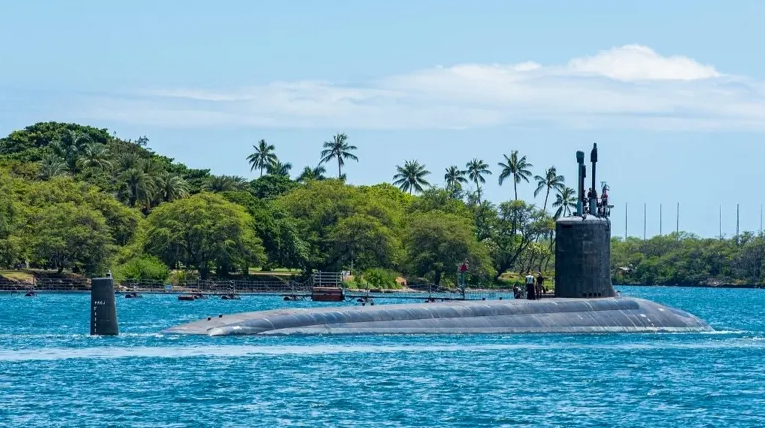 |
| The Virginia-class fast-attack submarine USS Missouri departs Pearl Harbor Naval Shipyard after completing a scheduled extended dry-docking on May 10. (Photo: U.S. Navy) |
The US holds the upper hand
Based on the July and August drills of using carrier-based aircraft and other forces to destroy artificial island, Washington sent a powerful message: If a conflict breaks out, U.S. forces can leave China's submarines with nowhere to run.
Beijing launched several missiles on Aug. 26, including at least one DF-26, an intermediate-range missile nicknamed the "Guam killer" that is said to be remarkably accurate, and a DF-21D. But while the medium-range DF-21D has been dubbed the "carrier killer," questions remain about its accuracy.
Should the U.S. wipe out China's SLBMs, then even if Beijing retaliated with a strike on Guam, American SLBM-equipped vessels would remain safe in waters that Chinese forces could not effectively reach.
China is likely to continue shunningUS-China arms control negotiations while increasing production of nuclear weapons, ballistic missiles and naval vessels over the long term in a bid to bounce back.
However, as Nikkei stated, in strategic terms, the U.S. still has the edge, at least for the time being.
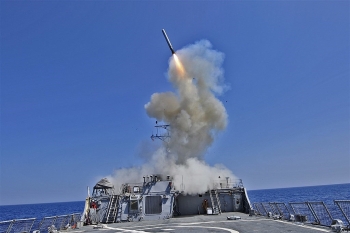 | US arms sales allegedly surge for Taiwan but it just "media speculation" Industry sources reveals that Taiwan sets to receive as many as seven major weapon systems from the US, in the context of the Trump administration ... |
 | Asean balances the US-China confrontation, experts ASEAN maintains an independent stance in competition between the two powers, which will be a major challenge for the Association in 2020, according to experts. |
 | US Ambassador to China to retire next month US Ambassador to China Terry Branstad will retire from his position as US envoy and depart Beijing in early October. |
Recommended
 Seas and islands
Seas and islands
Vietnam Endorses Common Voice on Ocean Jurisdiction
 Seas and islands
Seas and islands
Dialogue as Key to Settling Disputes and Advancing Law of the Sea
 Seas and islands
Seas and islands
RoK Navy Ship Pays Friendly Visit to Da Nang City
 Seas and islands
Seas and islands
Naval Region 5 Promotes Reading Culture, Fosters Patriotism
Popular article
 Seas and islands
Seas and islands
Coast Guard Region 2 Command Hosts Philippine Coast Counterpart
 Seas and islands
Seas and islands
Vietnam - Thailand Navy: Coordination to Well Address Problems at Sea
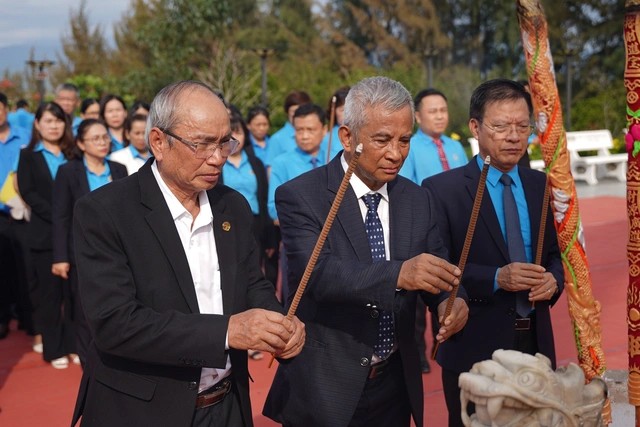 Seas and islands
Seas and islands
Honoring the Fallen: Incense Offering for the 37th Anniversary of Gac Ma
 Seas and islands
Seas and islands


